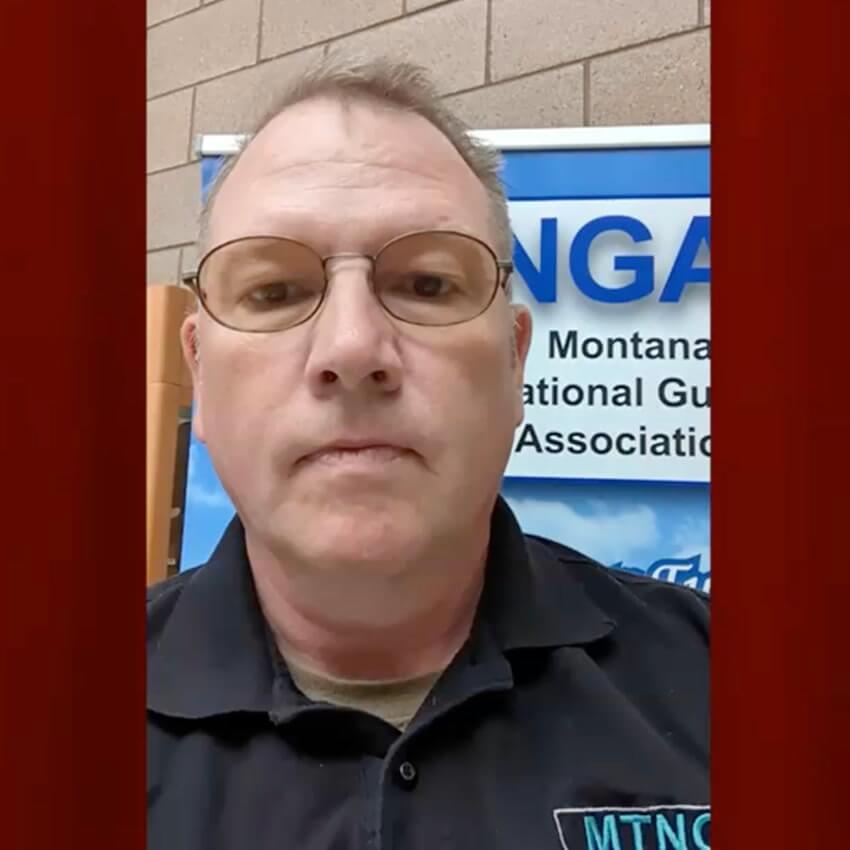Storytelling for Leadership & Culture
Storytelling for Leadership & Culture
This video is about the essential role of storytelling in leadership, and particularly how storytelling is a way of communicating the cultural climate or leadership style that you want to embody in an organization. Right, because I don’t know—the way that the brain processes information, it’s one thing to say, “Hey, we want you to be respectful,” or “We want you to be caring and supportive,” or just a good leader or something, but how do we actually communicate what’s somewhat of an intangible skill set or an intangible way of being?
Well, let me tell you about how I stumbled upon this principle of storytelling as a mechanism for shaping the leadership culture of a team or an organization. I was speaking with a gentleman, Dr. Wit, who was the president of the University of Alabama in the early 2000s. He took the school from being sort of well-known in the state at the University of Alabama, with I think maybe 10,000 students, to, by the time he was done, about 40,000 students and one of the nation’s leading schools with respect to research and both academics. I think they have more National Merit Scholars than any other school in the country. I asked him how he did that, and he said, “Well, the first thing is I tried to articulate a very clear and simple vision for the type of organization we wanted to be.” Right, that part I think is somewhat simple. Right, we think about, you know, what is the mission of your team or your unit, right? What’s the kind of vision for how you do things and what you need to accomplish?
Then he said, “And then here’s all I would do. I would hear about select stories that really illustrated what I was trying to communicate with that vision, and then I would just go around repeating them all the time. I would tell them at conferences, I would tell them at meetings, I’d tell them at events. I’d keep telling them, telling them, telling them, and kind of circulate them throughout the organization.” Right, and they became sort of proof that the organization was becoming the type of organization that we set out to be in our vision. So one of the stories he shared was—he said that our vision was to be the college experience of choice for both students and faculty. And so he was talking about the experience of one student, and where the student was diagnosed with some illness mid-semester, and the parents wanted to be there to support them. And so the administrative staff at that dorm, they found an extra room, they furnished it, put supplies in there, food, set up everything, and invited the parents in to actually stay in that very nice guest dorm room, you know, free of charge. They made sure they had everything taken care of to be with their son at that time. And first of all, right, that is something—you might even remember that story. I mean, really imagine that, like this housing and maintenance staff setting up this entire kind of guest stay so that this family could come be with their sick child, right? You’ll probably remember that. But then, you know, imagine like hearing that story if you’re on that team, as opposed to just saying, “Hey, we want leaders who are of the utmost integrity and really go above and beyond.” Right, the story is what makes it stick, and it allows team members to insert themselves into that vision of ideal leadership.
So a best practice that I encourage you to adopt could be at the level of your, you know, battalion, your unit, your whole function, but it also could be in a really just a small group, right? A team at the kind of the lowest level. Right, you, even if you’re at the kind of the lowest level, so to speak, as a frontline leader, right, this is the same exact tool you can use, particularly to model the ideal leadership style for those frontline leaders. So here is what I want you to think about as you get into either pairs or small groups. I want you to think back on your time in this organization, or if you can’t think of a specific story from your time in this organization, you can think back to a time, you know, when you were on a sports team or in a different role or in school or something that embodies the type of leadership that you want to have in your team.
So I’ll share one example from the military context. You know, there was someone in the National Guard who—someone on his team, I believe, I don’t have the exact details right, but the spouse of this person was in a motorcycle accident and they were pretty seriously injured. And this leader didn’t have to do this, of course, but he went out of his way after work to show up, visited them at the hospital, brought them flowers, right, a card, and just spent a little bit of time to really show his presence and say, “Hey, I’m here for you as a person, not just as a professional.” And so it’s not to say that you have to do exactly that, but again, that’s a really short story that role models the type of leader that you want to be.
Okay, so get into groups. I want you to share this within your group. Number one, from this organization or previous experience, tell a story of really high-quality leadership and the type of climate you want to create. That’s the main part. And then, at the end, think about forums or places that you could share the story with others. You know, how can you weave this into your discussions? And again, it’s what I referred to with Dr. Wit, where you keep circulating and sharing these internal stories, and they kind of make it real for the organization that people at every level can actually see themselves in the story, right, and really start to change the culture and leadership of an organization. So thanks for watching, and I’ll see you next time.























